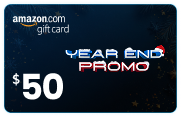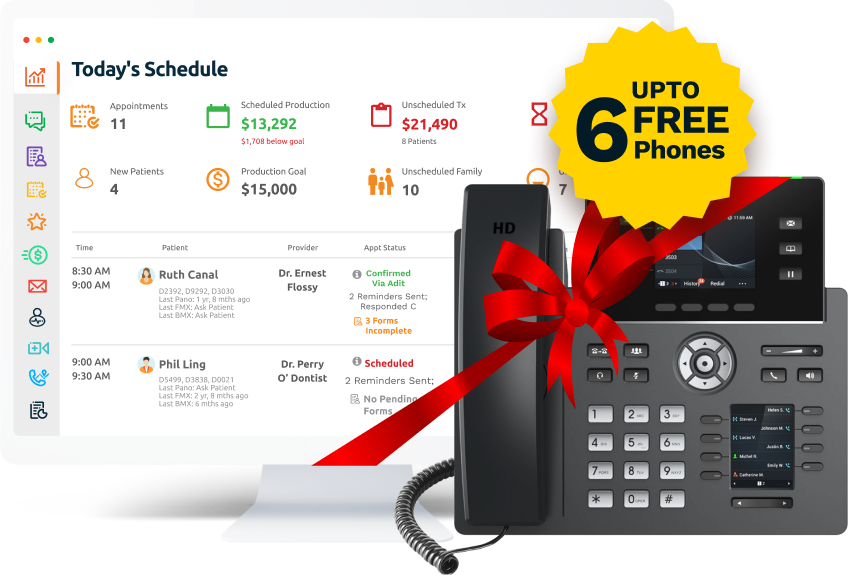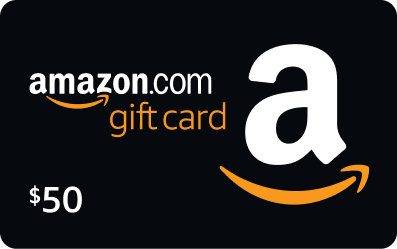Ends in
ends in 118 Days

ends in 118 Days

ends 11 July
Content that Converts

Compelling content converts consumers online. Clear, concise copy provides an easy to understand read that will ensure your message gets delivered. But, you could write the most efficient copy for your marketing media, and it wouldn’t amount to anything if a call-to-action doesn’t entice readers to act. Copy needs to draw in the target audience with exciting content that drives them to the sale.
There are ways to train yourself to write clear and concise copy by practicing a few simple guidelines. To be effective, you will need to do a lot of research and even more critical thinking.
Understand your target audience.
Before you start you need to understand your target audience. Identify what you can offer them and why they need it in the first place. You can find a problem your buyer can relate to and position your brand as a solution to that problem. The audience will then be driven to follow your call-to-action (CTA).
To gain an accurate assessment, it is necessary to answer quite a few questions. You will need to create a buyer persona. This will help identify crucial information about their personal background, education, company and job role, goals, challenges and shopping preferences. The more you understand your buyers’ buying process, the more successful you will be aligning your content to their needs, facilitating their decision-making, and choosing solutions. This knowledge will empower you to provide compelling content experiences that connect and engage each step of the way and ultimately inspire them into action.
Make your audience feel special
Making your audience feel special, involved and valued can benefit you and them in many ways. Everyone needs to feel important. Use buzz words and select phrases that promote a feeling of exclusivity such as “you’ve been hand-selected” or “only a select few have been invited” to receive this exclusive offer. This approach helps promote a feeling of self-worth and a sense that this brand is on their side.
Hinge on an emotion
Use copy that touches an emotional hot spot in your target audience. Buyers often make purchases on impulse, not logic. Remember, you are selling the feelings that your target audience will gain from having purchased your goods. You’re not selling the product itself; you are providing a feeling that leads to a call-to-action.
Use analogies and metaphors
More colorful messages are more compelling and easier to remember. They can be perceived as more valuable. It is first important to determine the value of what is being offered before you can deliver easy to understand, compelling copy. Metaphors and analogies are an effective way to convert content into something more visual. When it comes to visual thinking, these devices provide an opportunity to communicate your message in a meaningful way that helps build understanding, awareness and familiarity.
Avoid weasel words
Weasels suck out the contents of eggs through a small hole, leaving the egg appearing intact, but instead, leaving no real value. Weasel words and statements are used to give the appearance of truth. They are used to modify statements weakening any real meaning. They offer a way out and may make a brand appear weak. For example, words like, “better,” “improved,” and “reduces” are actually evasive and lack any definitive promise.
Create some urgency
Procrastination is very common in human nature. People drag their feet even when it comes to making decisions regarding something they enjoy. Compelling copy grabs attention, sparks emotion and stirs a sense of urgency to act. Never let the buyer believe that the offer will be available indefinitely. Use a deadline to convey a sense of urgency. Time-sensitive language like, “Act Now,” “time is running out,” are powerful tools. Something like, “while supplies last” emphasizes a sense of scarcity, adding to the need to move quickly or miss out.
Putting all of these steps into regular practice to help develop your ability to write effective ad copy that converts. Remember, when it comes time to tailor your call-to-action (CTA), be direct. The CTA needs to be a compelling and very well executed. Be creative yet concise and remember to cater to the needs of your target audience.
more about Adit?
Access a full suite of patient communication tools with Adit! Texting, payments, reviews, & scheduling in one place.
Schedule a DemoAfter spending 10 years helping dentists grow their practices, Ali witnessed the time and money dentists were wasting on outdated, fragmented technology that negatively impacted sustainable growth and the overall patient experience. So he developed Adit - a user-friendly SaaS platform that centralizes everything a practice needs to operate and simplifies the business of dentistry so doctors can get back to the medicine.
Get a $25 Gift Card when you take a demo
Schedule a Demo
Get a $50 Gift Card
when you take a demo
Looks like you're out of bounds!
Hey there! Your current location falls outside Adit's area of operation. If this is unexpected, try disabling your VPN and refresh your page. For further assistance or to book a live demo, connect with us at 832-225-8865.
December 29 Amazon Demo Promo
Terms and Conditions
Last Updated: December 29, 2025Offer ends January 1, 2026, and is limited to prospective customers who sign an annual agreement before December 31, 2025. Gift card will be emailed to the company owner or established representative within 4 weeks of signing the annual agreement. Offer may not be combined with any other offers and is limited to one (1) gift card per office. Offer is not available to current customers or to prospective customers or individuals that have participated in a Adit demo during the prior six (6) months. Recipient is responsible for all taxes and fees associated with receipt and/or use of the gift card as well as reporting the receipt of the gift card as required under applicable federal and state laws. Adit is not responsible for and will not replace the gift card if it is lost or damaged, is not used within any applicable timeframe, or is misused by the recipient. Adit is not responsible for any injury or damage to persons or property which may be caused, directly or indirectly, in whole or in part, from the recipient’s participation in the promotion or receipt or use of the gift card. Recipient agrees to indemnify, defend and hold harmless Adit from and against any and all claims, expenses, and liabilities (including reasonable attorney’s fees) arising out of or relating to a recipient’s participation in the promotion and/or recipient’s acceptance, use or misuse of the gift card. This offer is sponsored by Adit Communications, Inc. and is in no way sponsored, endorsed or administered by, or associated with Amazon.
Thank You!
We appreciate your interest! Adit AI will be calling you in the next few minutes!
Why Adit?
Cut your software bill by up to 60% when you merge everything your dental office needs to run under one roof.
Centralize Communications
- Phones & TeleMed
- Emails & eFax
- Texting & Reminders
- Call Tracking and more!
Streamline Operations
- Patient Forms
- Online Scheduling
- Payments
- Reviews and more!
Boost Production
- Performance Dashboards
- Morning Huddle
- Claims & Collections
- Patient Profiles
- Follow Up Lists
- Year Over Year Metrics
Acquire More Patients
- Digital Marketing
- Website Design
- SEO
- Google Ads
- Facebook Ads
Ends in

Sign up by filling out the form







